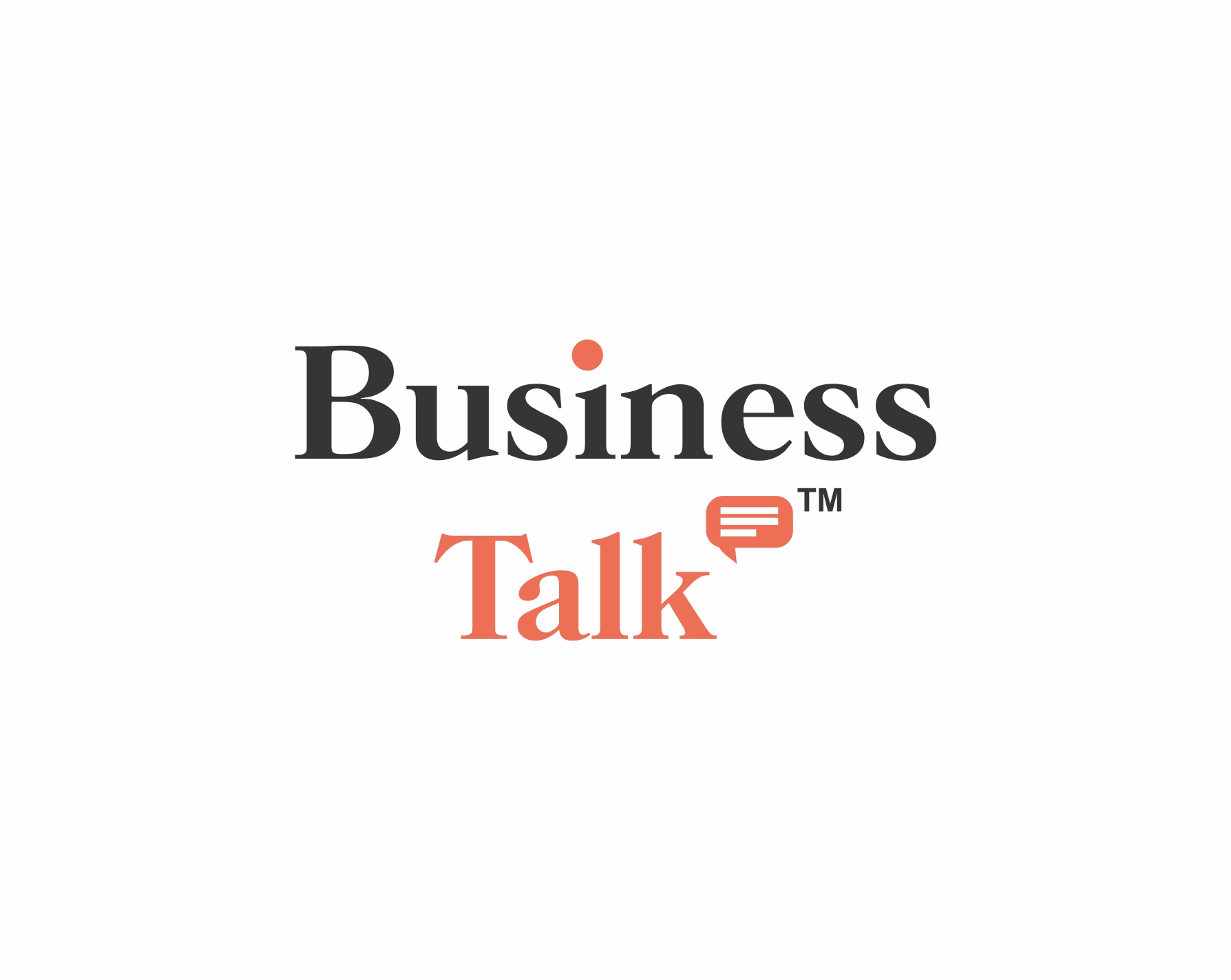Pricing is more than simply a number in the fast-paced retail industry; it’s a strategic instrument that may increase revenue, improve customer satisfaction, and gain market share. The skill of pricing optimization is striking a fine balance between profit margins and perceived value. Consumers tend to believe that things with high prices are of higher quality, implying that sellers of expensive goods should maintain their high pricing. However, if the price of a particular item keeps going up, shoppers might buy comparable goods from a different retailer. To find out what influences customers’ decisions to buy, enormous amounts of data would need to be analyzed.
Retail pricing optimization uses data analysis to comprehend and forecast how your target market will respond to various product prices. Since the global pandemic began, there has been a new level of rivalry in the retail and e-commerce sectors, pushing merchants to develop new strategies for maintaining their profitability and efficiency. Retailers can accomplish that through pricing optimization. Here are 4 strategies for retail price optimization.
Strategies for Retail Price Optimization
1. Conduct a thorough study of rival prices
Finding out how your prices compare to those of your rivals should be your first step. If you’ve been in the business for a while, you are already familiar with your rivals. Finding competition may be the initial step for new merchants. After obtaining the pricing information for the products of your rivals, examine the gathered information. You can identify trends in their pricing history by using the data. You can use the data to gain insights on competitors in different kinds of products, as well as into product promotional campaigns that rival companies run and better deals that suppliers provide.
2. Recognize your buyer’s propensity to pay
The amount that buyers are ready to spend on your goods is referred to as their willingness to pay. This data is essential whether you are launching a new product onto the market or simply assessing how much you are currently charging for your offerings. Retailers frequently adopt cost-plus pricing, set an average price, or mimic a competitor’s price. However, neither of these methods is accurate. Even though it would be the simplest approach to maximize your pricing to copy the price, you run a likelihood of losing because your costs and predicted profit margins are different. You’ll eventually lose business if you charge a price that includes all of your expenses.
3. Implement dynamic pricing
Product prices that are elastic and adjust in response to supply and demand, rival prices, and other unavoidable variables are known as dynamic pricing. The retail landscape has evolved due to e-commerce. Times when there were two nearby stores selling the same items to choose from, regardless of whether they had a better deal, are long gone. Building a solid reputation and increasing loyalty to customers could be achieved by providing customers with personalized experiences, excellent customer service, contentment, and more—all at an affordable cost.
4. Efficient Inventory Management
By reducing overflow and shortages, optimal pricing methods lower the expenses associated with keeping goods on hand. This lowers wastage and improves the efficiency of the supply chain. When the proper products are accessible whenever customers need them, effective inventory control guarantees their availability, which boosts their satisfaction and loyalty. Additionally, it improves operational effectiveness by averting excessive stock or a shortage, which may result in wasteful utilization of resources or diminished sales potential.
Conclusion
So, those were the 4 strategies for retail price optimization. It could seem tough to gather all the information and calculate the best pricing for what you are selling. But you can avoid the hard work altogether if you begin by gathering historical data and establishing pricing objectives. As you go, keep in mind that iteration is necessary for price optimization. It cannot be put in place and ignored. However, you can begin assessing whether a price is appropriate for you or whether it has to be adjusted by creating a plan and establishing reasonable objectives.
Read More:
- 7 Key Steps to Building Emotional Intelligence
- Top 10 Roller Coasters in the US you Should Try
- Top 10 Oldest Language in the World

Business Talk is a digital business magazine that caters to CEOs, Entrepreneurs, VC, and Corporates. While working with entrepreneurs and business executives, we focus not only on their achievements. Our mission is to shed light on business entities, including their innovations, technological benchmarks, USPs, and milestones/accolades.











